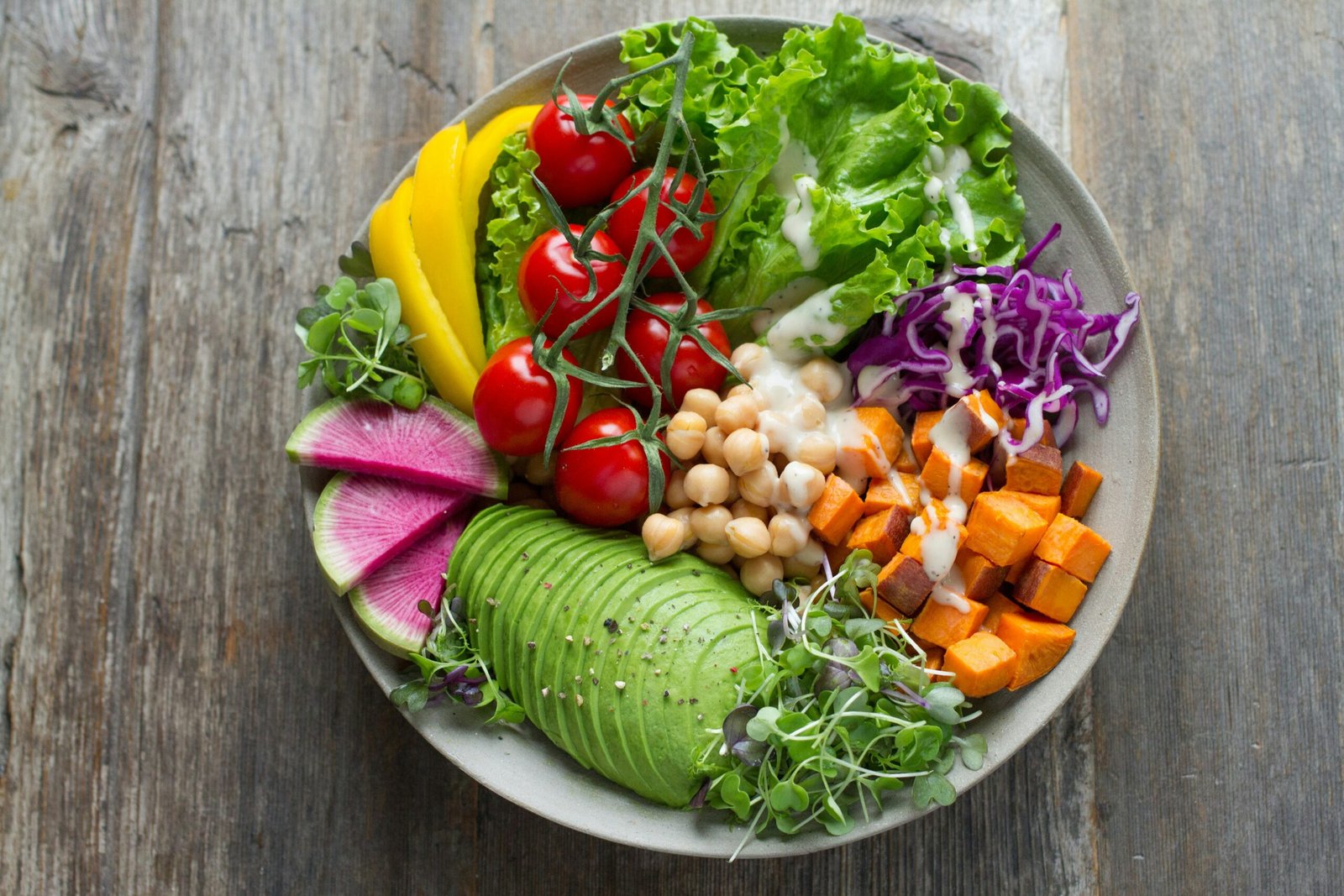
Is Your ADHD Brain Fog Really a Potassium Problem?
Do you ever find yourself in the middle of a conversation, trying to finish a sentence—when suddenly the word you need feels like it just got deleted from your memory? It’s gone, and now you’re stuck, embarrassed. Or maybe everything feels foggy, like the information you need is there, but hidden behind a mist you can’t reach.
If you have ADHD, you know that feeling all too well. The brain fog. The mental static. The slow recall. The moments when you forget simple things and wonder, why does my brain feel so broken?
Most people will tell you it’s dopamine, executive dysfunction, or bad sleep. But there’s another factor almost no one talks about—and it can create exactly this kind of mental static.
That factor is potassium.
Potassium is the mineral that keeps your neurons firing and resetting between signals. Without it, your brain can’t keep up, and you end up with fog, lag, and memory glitches. The good news? This is one of the fastest problems you can fix.
What is Potassium?
Potassium is a mineral—and more specifically, an electrolyte. That word might sound like sports drink marketing, but here’s what it really means: electrolytes are tiny charged particles that carry electricity in your body.
Why do we need them? Because your brain and nerves communicate with electrical signals. Every spark of activity in your nervous system depends on them.
Every thought.
Every movement.
Every memory, every reaction.
Without electrolytes, the system just goes dark.
Sodium, calcium, magnesium, and potassium all play roles, but potassium is the one that resets the neuron’s charge after each signal. Without enough potassium, those resets lag—and that’s when your brain starts to feel foggy, slow, and disconnected.
Potassium’s Role in Neurons
Your brain cells (neurons) send messages using tiny electrical charges. Think of each neuron like a rechargeable battery: when it’s charged, it can fire a signal.
When a neuron fires, that spark drains its charge. It can’t fire again until it’s reset. That recharge happens through the sodium–potassium pump, which pushes sodium out and pulls potassium back in—restoring balance so the neuron is ready for the next signal.
If your body doesn’t have enough potassium, that reset takes longer. Neurons can’t recharge quickly, and signals slow down. That lag is what you feel as brain fog, sluggish recall, or words disappearing mid-sentence.
What Happens When You Don’t Have Enough Potassium?
On the outside, low potassium doesn’t look like “neurons failing.” It looks like you, trying to live your life with a brain that won’t cooperate.
- Brain fog that rolls in like a mist. Your thoughts are there, but you can’t reach them.
- Losing words mid-sentence. You know what you’re trying to say, but the word feels deleted from your memory.
- Slow, sticky thinking. Simple ideas take effort to piece together, as if your brain is moving through molasses.
- Connections that won’t click. You should be able to figure it out, but the wiring won’t connect.
- Forgetting what you just did or meant to do. Walking into a room with no idea why. Picking up your phone and immediately blanking on what you were about to check.
All of this happens because your neurons are lagging between signals. It isn’t stupidity, laziness, or lack of effort. It’s electricity that isn’t recharging fast enough—because potassium is missing.
How Much Potassium Do You Need?
According to the Institute of Medicine (Food and Nutrition Board), adults should aim for 4,700 milligrams of potassium per day. That’s what your body and brain need to keep neurons firing, muscles working, and blood pressure regulated.
But here’s the reality: most people in Western countries don’t even come close.
- Average intake is around 2,300 mg for women and 3,000 mg for men.
- That means the typical person gets only half to two-thirds of what they need every day.
And even if you manage 2,500–3,000 mg, modern life quietly drains it away:
- Caffeine and energy drinks act as diuretics, flushing electrolytes out.
- Chronic stress raises cortisol, which pushes your kidneys to waste potassium.
- Alcohol, heat, and sweating all chip away too.
So while your diet might look fine on paper, your usable potassium is often much lower. That gap shows up as fog, sluggish thoughts, and a brain that feels like it won’t turn on.
Other Signs of Low Potassium
Low potassium isn’t just about brain fog. It shows up in your energy and body too:
- Morning exhaustion that lingers. You wake up but don’t feel awake. It can take hours before your brain and body catch up.
- Tiredness that feels like laziness. Everything feels heavy, even simple tasks.
- Physical weakness or heaviness. Stairs, groceries, or standing up feel harder when muscles can’t contract efficiently.
- Low motivation or flat energy. Not depression—just a body that won’t fully “switch on.”
- Difficulty staying alert. Even after coffee, you feel half-asleep.
These aren’t personality flaws. They’re your neurons and muscles struggling to reset—because potassium isn’t there in the amounts they need.
Easy Potassium-Rich Foods You Can Find Anywhere
You don’t need exotic foods to get enough potassium. Some of the best sources are right in a typical grocery store:
- Potatoes (white or sweet) – one medium baked potato: ~900 mg
- Bananas – one medium: ~420 mg
- Beans and lentils – one cup cooked: 600–1,000+ mg
- Spinach and leafy greens – one cup cooked: ~800 mg
- Avocados – one medium: 700–1,000 mg
- Dairy (yogurt, milk) – one cup: ~380 mg
- Dried apricots – ½ cup: ~1,100 mg
- Fish (like salmon) – 100 g: ~380 mg
How to hit your daily target
You don’t need to track every milligram. Just stack potassium-rich foods throughout the day:
- Breakfast: yogurt with a banana (~800 mg)
- Lunch: bean salad with spinach (~1,500 mg)
- Snack: dried apricots (~500 mg)
- Dinner: baked potato and salmon (~1,500 mg)
That’s already well over 4,000 mg without anything extreme.
If you don’t love variety
If you prefer familiar foods, there’s still an easy backup. Potassium powders can be mixed into water, blended into a smoothie, stirred into yogurt, or added to whatever you already drink. It’s a simple way to cover gaps without forcing yourself into foods you don’t enjoy.
The Bottom Line
Potassium isn’t just another nutrient on a checklist—it’s the mineral that keeps your brain’s electrical system running smoothly. Every thought, every movement, every memory relies on neurons firing and resetting cleanly. Without enough potassium, that reset slows down, and you feel it as brain fog, lost words, sluggish recall, and energy that won’t turn on.
Most adults in the West are running on half of what their brains actually need. Add in caffeine, stress, and modern lifestyles that drain potassium further, and it’s no wonder ADHD brains often feel foggy and disconnected.
The good news: this is one of the fastest fixes you can make. Adding potassium-rich foods—or using a supplement if you prefer—can restore your brain’s electrical balance and give your neurons the charge they need. When potassium is there, thoughts connect faster, focus comes easier, and your energy feels available again.
TL;DR
- Potassium is essential for brain power. It resets neurons after every signal so your thoughts and memories can keep flowing.
- Most people aren’t getting enough. Recommended intake: 4,700 mg/day. Average Westerner: 2,300–3,000 mg.
- Low potassium feels like brain fog. Lost words, slow thinking, poor concentration, energy that won’t “switch on.”
- Modern life drains it further. Caffeine, alcohol, stress, and sweating all push potassium out of your system.
- You can fix this quickly. Potatoes, beans, leafy greens, bananas, dried fruit, and avocado are easy sources. Potassium powders are a backup if you don’t eat much variety.
Potassium might be the quiet key between a foggy, sluggish brain and one that finally feels sharp and available.
Photo by Anna Pelzer on Unsplash



